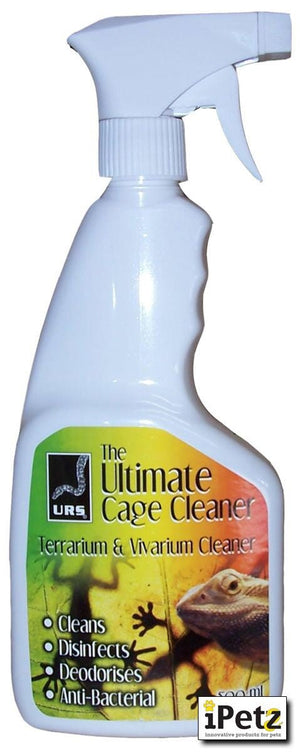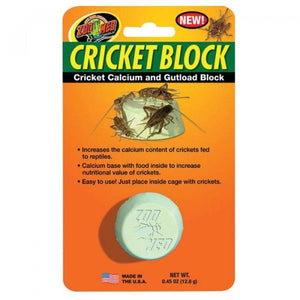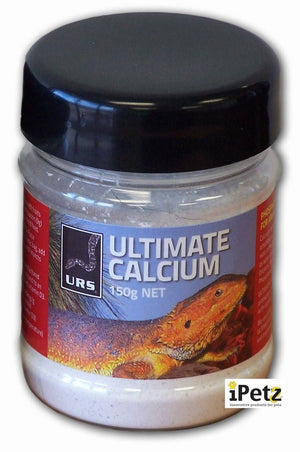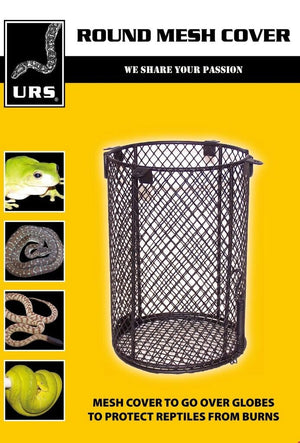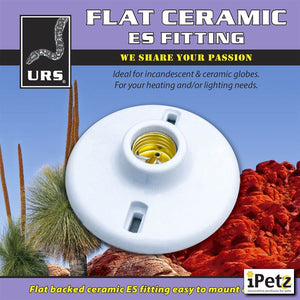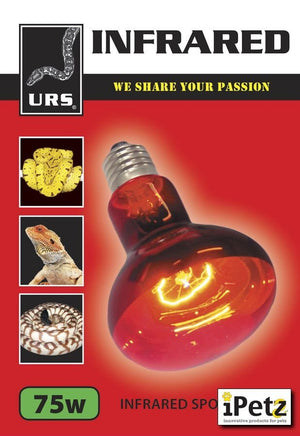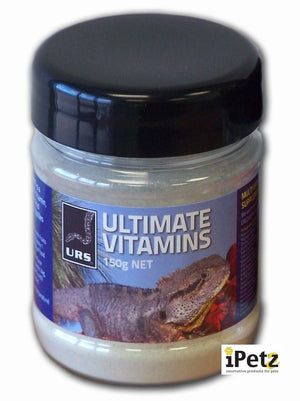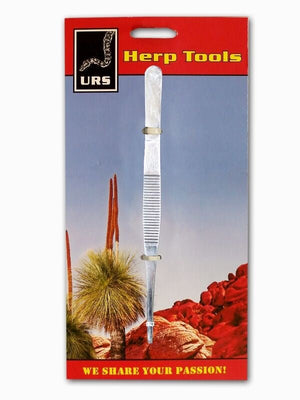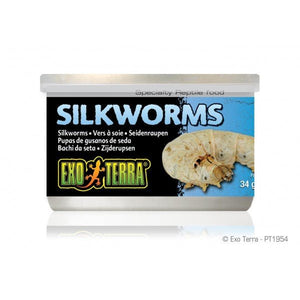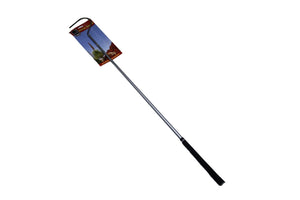{"id":2146443559009,"title":"The Arcadia Guide to Reptile and Amphibian Nutrition","handle":"thearcadiaguidetoreptilenutrition","description":"\u003cp\u003e\u003cb\u003e\u003cspan style=\"color: #333333; font-family: Arial; font-size: medium;\" size=\"3\" color=\"#333333\" face=\"Arial\"\u003eForeword by Dr Mike Leahy,\u003cbr style=\"text-align: left; text-transform: none; text-indent: 0px; letter-spacing: normal; font-style: normal; font-variant: normal; text-decoration: none; word-spacing: 0px; white-space: normal; box-sizing: border-box; orphans: 2; -webkit-text-stroke-width: 0px; background-color: transparent;\"\u003e\u003c\/span\u003e\u003c\/b\u003e\u003cspan style=\"display: inline !important; float: none; background-color: transparent; color: #333333; font-family: raleway,sans-serif; font-size: 14px; font-style: normal; font-variant: normal; font-weight: 400; letter-spacing: normal; orphans: 2; text-align: left; text-decoration: none; text-indent: 0px; text-transform: none; -webkit-text-stroke-width: 0px; white-space: normal; word-spacing: 0px;\"\u003e “Nobody I know has put as much thought into how we can learn from nature, using research and common sense, to improve the environments we provide to captive reptiles, amphibians and invertebrates. In this respect, John has been an inspiration to me, particularly when I was creating the Zoo-bus, where the depth of his knowledge and his willingness to dispense it were invaluable—qualities that will become very evident as you read this book. Having studied ecology at university, later specialising in microscopic organisms, and more recently having the privilege of filming some of the world’s most fascinating animals for the National Geographic Channels, it is very clear to me that one of the most fundamental requirements for any organism is nutrition. I well remember spending days changing the composition of growth media in the lab simply to get bacteria to grow successfully, so it is therefore not surprising that far more complex animals, from very diverse and sometimes extreme environments, have specific dietary requirements for good health, and that a balanced diet is essential. It is all too easy to fall into the trap of anthropomorphising when considering both animal welfare, and the diets non-human animals may require. However tempting it is to assume that other animals’ needs may be similar to our own, this may prove to be a big mistake. Very few reptiles—or any other animal, for that matter—exist by eating just one food source, and some food sources that humans enjoy eating can actually be toxic to other animals. As such, John set himself the task of determining what reptiles actually eat in the wild, what nutrients this diet may contain, and finally, how we can replicate this in our collections. Of course, this makes sense, but the work certainly wasn’t easy. I can only imagine the magnitude of the task. In John’s latest book you are guaranteed to discover many aspects of nutrition that have not been known or widely accepted before, as well as suggestions that may result in your own pet enjoying a longer and more comfortable life. As John says, ‘We should be seeking to see captive animals thrive in captivity and not just live a sterile life in a box’. By taking the time to read this book, you may become one step closer to achieving this.” \u003c\/span\u003e\u003cstrong style=\"background-color: transparent; box-sizing: border-box; color: #333333; font-family: raleway,sans-serif; font-size: 14px; font-style: normal; font-variant: normal; font-weight: bold; letter-spacing: normal; orphans: 2; text-align: left; text-decoration: none; text-indent: 0px; text-transform: none; -webkit-text-stroke-width: 0px; white-space: normal; word-spacing: 0px;\"\u003eDr Mike Leahy.\u003c\/strong\u003e\u003cb\u003e\u003c\/b\u003e\u003ci\u003e\u003c\/i\u003e\u003cu\u003e\u003c\/u\u003e\u003csub\u003e\u003c\/sub\u003e\u003csup\u003e\u003c\/sup\u003e\u003cspan style=\"text-decoration: line-through;\"\u003e\u003c\/span\u003e\u003c\/p\u003e","published_at":"2019-06-07T18:19:17+10:00","created_at":"2019-06-07T18:19:18+10:00","vendor":"arcadia","type":"General","tags":["book"],"price":5199,"price_min":5199,"price_max":5199,"available":false,"price_varies":false,"compare_at_price":null,"compare_at_price_min":0,"compare_at_price_max":0,"compare_at_price_varies":false,"variants":[{"id":20034169274465,"title":"Default Title","option1":"Default Title","option2":null,"option3":null,"sku":"8440460109196","requires_shipping":true,"taxable":true,"featured_image":null,"available":false,"name":"The Arcadia Guide to Reptile and Amphibian Nutrition","public_title":null,"options":["Default Title"],"price":5199,"weight":0,"compare_at_price":null,"inventory_management":"shopify","barcode":null,"requires_selling_plan":false,"selling_plan_allocations":[]}],"images":["\/\/jurassicjungle.com.au\/cdn\/shop\/products\/the-arcadia-guide-to-reptile-and-amphibian-nutrition-918868.jpg?v=1676470440"],"featured_image":"\/\/jurassicjungle.com.au\/cdn\/shop\/products\/the-arcadia-guide-to-reptile-and-amphibian-nutrition-918868.jpg?v=1676470440","options":["Title"],"media":[{"alt":"The Arcadia Guide to Reptile and Amphibian Nutrition - Jurassic Jungle","id":23759106736225,"position":1,"preview_image":{"aspect_ratio":0.771,"height":582,"width":449,"src":"\/\/jurassicjungle.com.au\/cdn\/shop\/products\/the-arcadia-guide-to-reptile-and-amphibian-nutrition-918868.jpg?v=1676470440"},"aspect_ratio":0.771,"height":582,"media_type":"image","src":"\/\/jurassicjungle.com.au\/cdn\/shop\/products\/the-arcadia-guide-to-reptile-and-amphibian-nutrition-918868.jpg?v=1676470440","width":449}],"requires_selling_plan":false,"selling_plan_groups":[],"content":"\u003cp\u003e\u003cb\u003e\u003cspan style=\"color: #333333; font-family: Arial; font-size: medium;\" size=\"3\" color=\"#333333\" face=\"Arial\"\u003eForeword by Dr Mike Leahy,\u003cbr style=\"text-align: left; text-transform: none; text-indent: 0px; letter-spacing: normal; font-style: normal; font-variant: normal; text-decoration: none; word-spacing: 0px; white-space: normal; box-sizing: border-box; orphans: 2; -webkit-text-stroke-width: 0px; background-color: transparent;\"\u003e\u003c\/span\u003e\u003c\/b\u003e\u003cspan style=\"display: inline !important; float: none; background-color: transparent; color: #333333; font-family: raleway,sans-serif; font-size: 14px; font-style: normal; font-variant: normal; font-weight: 400; letter-spacing: normal; orphans: 2; text-align: left; text-decoration: none; text-indent: 0px; text-transform: none; -webkit-text-stroke-width: 0px; white-space: normal; word-spacing: 0px;\"\u003e “Nobody I know has put as much thought into how we can learn from nature, using research and common sense, to improve the environments we provide to captive reptiles, amphibians and invertebrates. In this respect, John has been an inspiration to me, particularly when I was creating the Zoo-bus, where the depth of his knowledge and his willingness to dispense it were invaluable—qualities that will become very evident as you read this book. Having studied ecology at university, later specialising in microscopic organisms, and more recently having the privilege of filming some of the world’s most fascinating animals for the National Geographic Channels, it is very clear to me that one of the most fundamental requirements for any organism is nutrition. I well remember spending days changing the composition of growth media in the lab simply to get bacteria to grow successfully, so it is therefore not surprising that far more complex animals, from very diverse and sometimes extreme environments, have specific dietary requirements for good health, and that a balanced diet is essential. It is all too easy to fall into the trap of anthropomorphising when considering both animal welfare, and the diets non-human animals may require. However tempting it is to assume that other animals’ needs may be similar to our own, this may prove to be a big mistake. Very few reptiles—or any other animal, for that matter—exist by eating just one food source, and some food sources that humans enjoy eating can actually be toxic to other animals. As such, John set himself the task of determining what reptiles actually eat in the wild, what nutrients this diet may contain, and finally, how we can replicate this in our collections. Of course, this makes sense, but the work certainly wasn’t easy. I can only imagine the magnitude of the task. In John’s latest book you are guaranteed to discover many aspects of nutrition that have not been known or widely accepted before, as well as suggestions that may result in your own pet enjoying a longer and more comfortable life. As John says, ‘We should be seeking to see captive animals thrive in captivity and not just live a sterile life in a box’. By taking the time to read this book, you may become one step closer to achieving this.” \u003c\/span\u003e\u003cstrong style=\"background-color: transparent; box-sizing: border-box; color: #333333; font-family: raleway,sans-serif; font-size: 14px; font-style: normal; font-variant: normal; font-weight: bold; letter-spacing: normal; orphans: 2; text-align: left; text-decoration: none; text-indent: 0px; text-transform: none; -webkit-text-stroke-width: 0px; white-space: normal; word-spacing: 0px;\"\u003eDr Mike Leahy.\u003c\/strong\u003e\u003cb\u003e\u003c\/b\u003e\u003ci\u003e\u003c\/i\u003e\u003cu\u003e\u003c\/u\u003e\u003csub\u003e\u003c\/sub\u003e\u003csup\u003e\u003c\/sup\u003e\u003cspan style=\"text-decoration: line-through;\"\u003e\u003c\/span\u003e\u003c\/p\u003e"}

